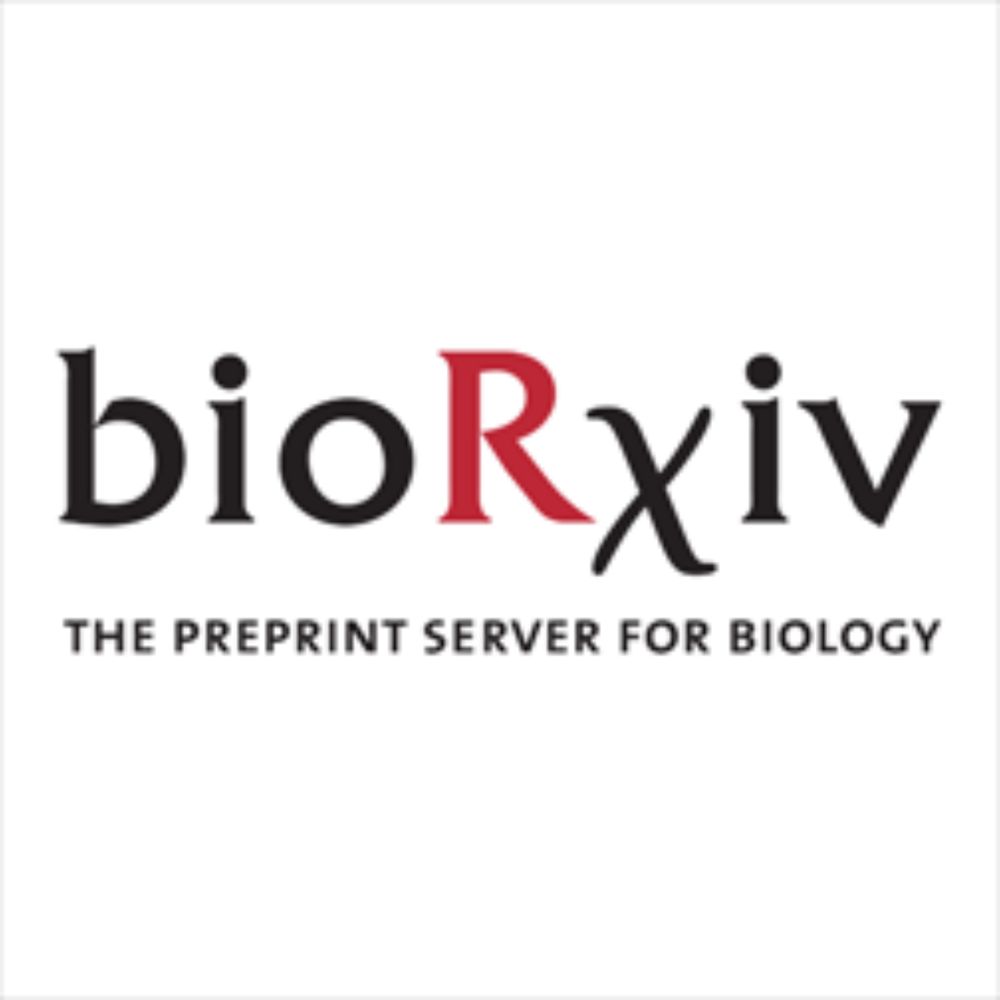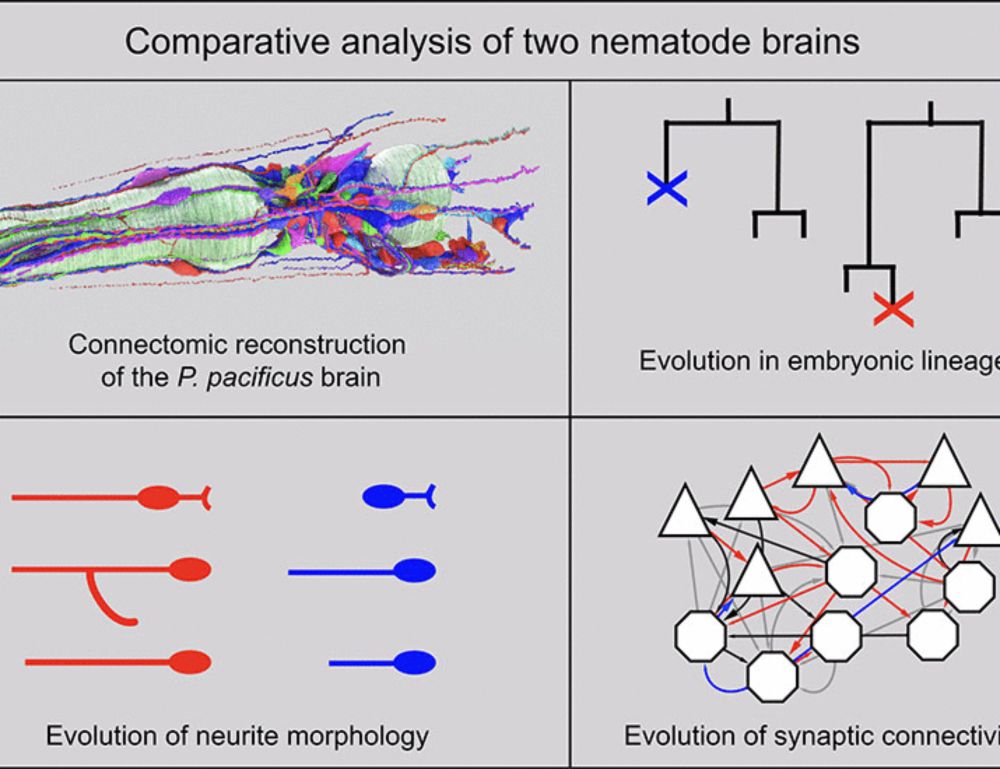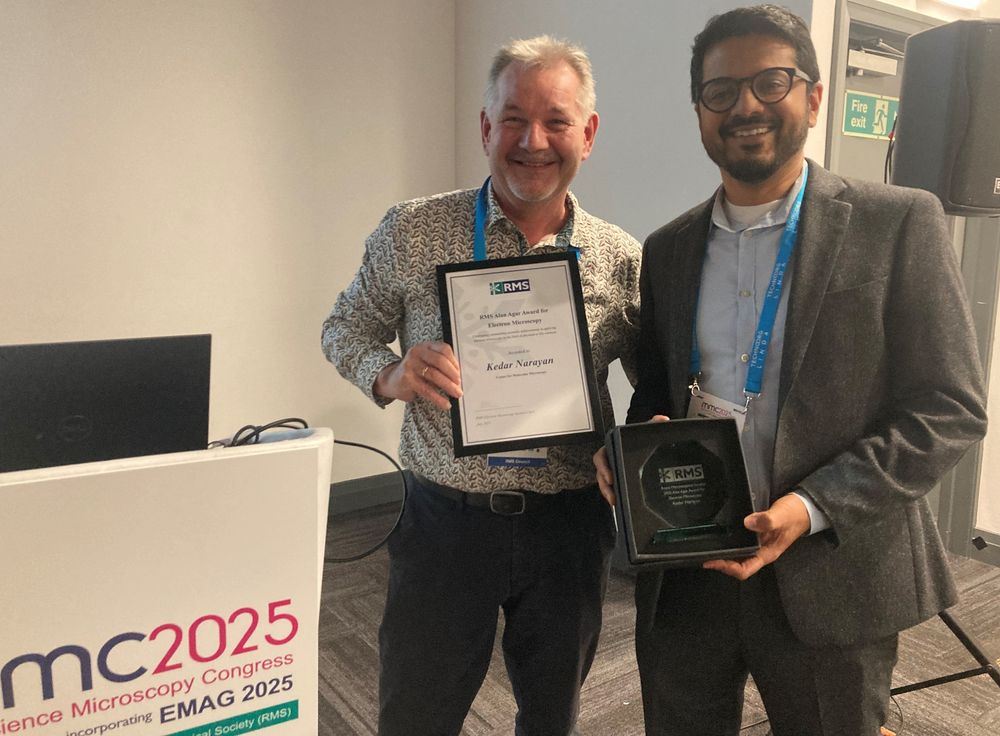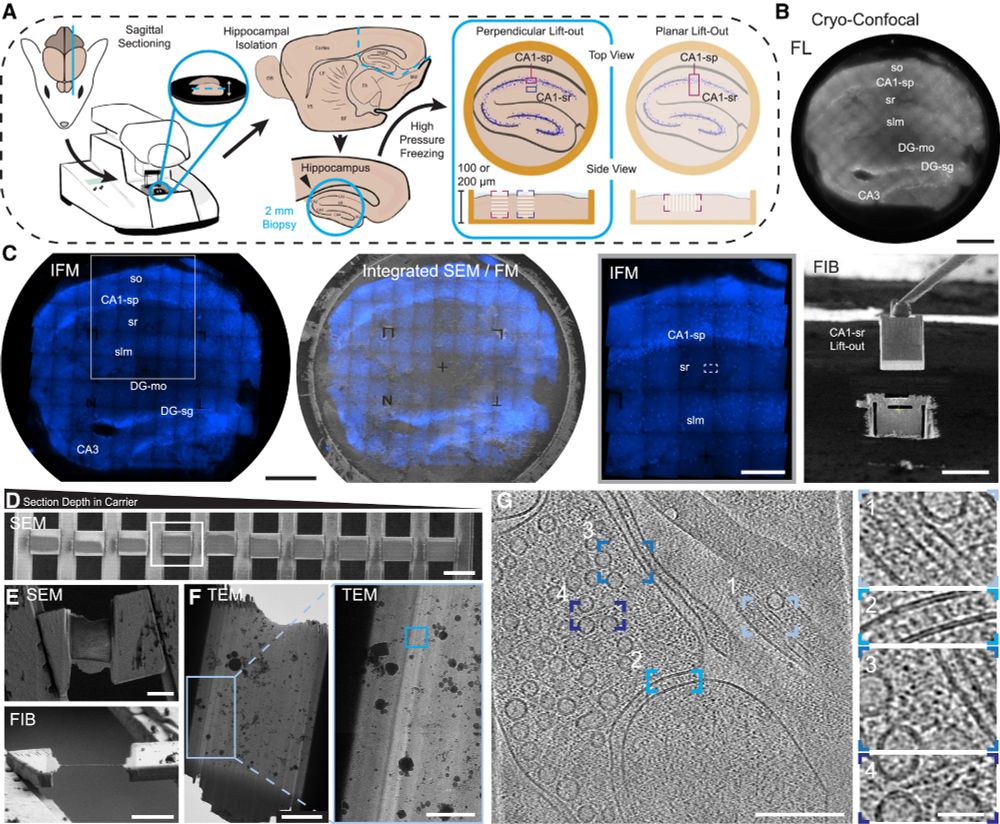
“Sensory processing reformats odor coding around valence and dynamics”
www.biorxiv.org/content/10.1...
We ask: how is a sensory code transformed across multiple stages of processing to inform behavior?

“Sensory processing reformats odor coding around valence and dynamics”
www.biorxiv.org/content/10.1...
We ask: how is a sensory code transformed across multiple stages of processing to inform behavior?
We analyses over 8500 neurons in a songbird basal ganglia dataset.
To explore this and two other stories more interactively, also check out our website!
www.songbird-connectomics.org

We analyses over 8500 neurons in a songbird basal ganglia dataset.
To explore this and two other stories more interactively, also check out our website!
www.songbird-connectomics.org
@jmrko.bsky.social !!
songbird-connectomics.org
@jmrko.bsky.social !!
songbird-connectomics.org
www.esrf.fr/home/news/ge...



Hear our Director, Edith Heard, explain why the Crick is a unique place for curiosity-driven research.
Apply now ➡️ www.crick.ac.uk/careers-stud...

Featuring work by @lorenabenedetti.bsky.social, O'Hare et al. and Lin et al.!

Featuring work by @lorenabenedetti.bsky.social, O'Hare et al. and Lin et al.!
At #CrickXrays25 we'll tackle:
💫synchrotron upgrades
📈current limits in throughput, volume, resolution
🧪sample preparation for X-ray PC imaging
🧠♥️applications in neuroscience and tissue life science
🗓️13th October 2025
🇬🇧🌐 London & online
tinyurl.com/crickxrays25

At #CrickXrays25 we'll tackle:
💫synchrotron upgrades
📈current limits in throughput, volume, resolution
🧪sample preparation for X-ray PC imaging
🧠♥️applications in neuroscience and tissue life science
🗓️13th October 2025
🇬🇧🌐 London & online
tinyurl.com/crickxrays25
Apply by 31 August 👉 https://s.embl.org/vem25-01-bl
🗓️ 23 – 28 November 2025
📍 EMBL Heidelberg

thanks as well to @natrevneuro.nature.com for the constructive editorial interactions.

thanks as well to @natrevneuro.nature.com for the constructive editorial interactions.
doi.org/10.1101/2025...
We used TEM to describe the circuitry used for CO2 detection by mosquitoes. As usual with mosquitoes, nothing is as expected! 🌬️🦟

doi.org/10.1101/2025...
We used TEM to describe the circuitry used for CO2 detection by mosquitoes. As usual with mosquitoes, nothing is as expected! 🌬️🦟
A heroic effort with contributions from many groups, a product of the collaborative spirit of the Drosophila neuroscience community.
Explore the data here: codex.flywire.ai?dataset=banc
Check out the preprint here: doi.org/10.1101/2025...

A heroic effort with contributions from many groups, a product of the collaborative spirit of the Drosophila neuroscience community.

Excited to see where this work leads.

Excited to see where this work leads.
Explore the dataset: pyr.ai
Paper introducing the dataset and some of our discoveries: www.biorxiv.org/content/10.1...

Explore the dataset: pyr.ai
Paper introducing the dataset and some of our discoveries: www.biorxiv.org/content/10.1...
👏👏👏🔬🙌🥇
@rmsearlycareer.bsky.social @yorkbioimaging.bsky.social

👏👏👏🔬🙌🥇
@rmsearlycareer.bsky.social @yorkbioimaging.bsky.social
Through the dedication of @glynnca.bsky.social and @cryingem.bsky.social we report a thorough method to image molecular organisation within hippocampus tissue.
Structural biology in tissue is well and truly here!
@rosfrankinst.bsky.social

Through the dedication of @glynnca.bsky.social and @cryingem.bsky.social we report a thorough method to image molecular organisation within hippocampus tissue.
Structural biology in tissue is well and truly here!
@rosfrankinst.bsky.social
You will gain theoretical and hands-on knowledge on the three main techniques for volume EM – microtome-based serial block-face SEM, focused ion beam SEM, and array tomography.
#vEM #Microscopy

A collaboration with @mh123.bsky.social 🚀
github.com/danionella/w...
A collaboration with @mh123.bsky.social 🚀
github.com/danionella/w...
We combined 2P and synchrotron X-ray to understand mouse olfactory bulb circuits, linking physiology to structure in 3 animals!
doi.org/10.1101/2025...
🙌 @carlesbosch.bsky.social, @apacureanu.bsky.social, @andreas-t-schaefer.bsky.social, @esrf.fr, @crick.ac.uk


